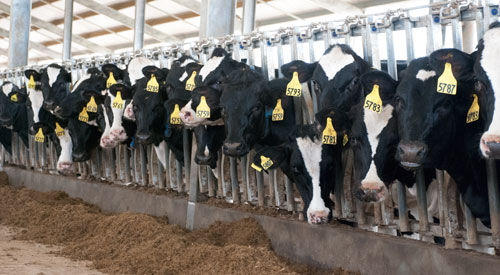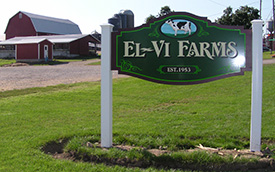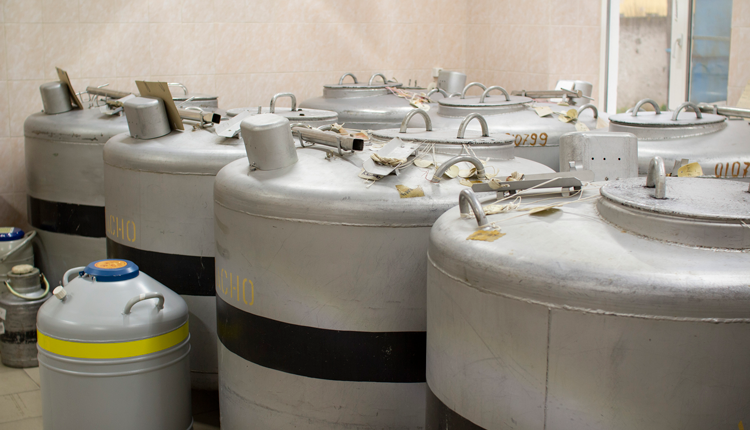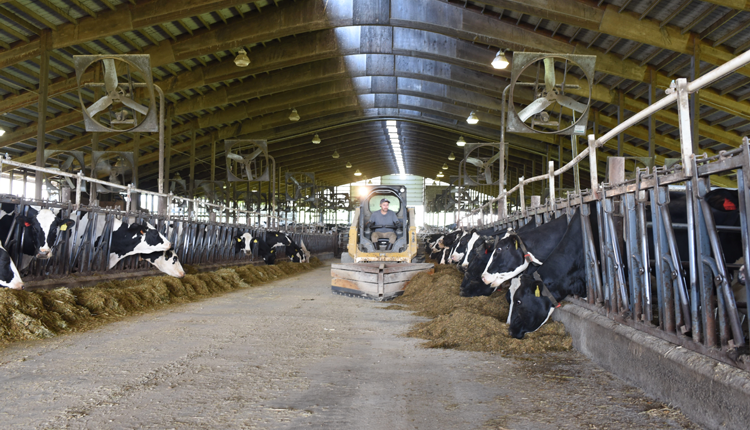
Most farms pay close attention to reproduction in the milking herd; heifers are often another story. Location, facilities and time in the day often impact the reproductive performance of the heifer herd, and typically not for the better.
Some producers, though, have found a way to get it done right. One of those is George Andrew, partner and herd manager of El-Vi Farms LLC, a 1,400-cow dairy in Newark, N.Y.
 The numbers speak for themselves: a 60 percent conception rate, 70 percent heat detection rate and 40 percent pregnancy rate for their heifer herd. After a 340-day waiting period, heifers are eligible for breeding once they reach 51 inches tall and 800 pounds. Average age at first calving is 22 months.
The numbers speak for themselves: a 60 percent conception rate, 70 percent heat detection rate and 40 percent pregnancy rate for their heifer herd. After a 340-day waiting period, heifers are eligible for breeding once they reach 51 inches tall and 800 pounds. Average age at first calving is 22 months.What makes their program click? At Cornell University's Calf and Heifer Congress last week in Rochester, N.Y., Andrew shared some of the aspects he thinks contribute to excellent heifer reproduction.
The first area was heifer housing. "Facilities, facilities, facilities," Andrew said. "I can't emphasize that enough. You need the right animals in the right facilities for the right amount of time."
He went on further, identifying headlocks that work and are designed right as a critical feature. He also advised against anything that makes it more difficult for workers to get the job done. They also try not to grossly overcrowd the heifers, which he says helps get heifers pregnant.
A few other housing features Andrew recommended were proper lighting, nonslip flooring and the ability to weigh animals.
Another contributing aspect is a concentrated team of people and, more specifically, the right people. "You can have too large of a team, even if they are all capable," he shared. He also noted the importance of having a plan and written protocols, and full compliance and consistent commitment from everyone.
On their farm, they use a heifer synchronization program, but they also focus on visual heat detection and put a lot of effort toward it. "Heat detection is an art," Andrew stated. "It takes the right facilities, right approach and right time of the day."
Andrew shared that they've done a lot of different things over the years to get where they are, but that there is still room for improvement. "Four out of five weeks we do a really good job, but then things get busy and we slip."
The key element in Andrew's success? A passion for getting heifers bred, and he encouraged others to have the same.
"Get enthusiastic about heifer repro," he said.

wife Colleen and members of their family.






